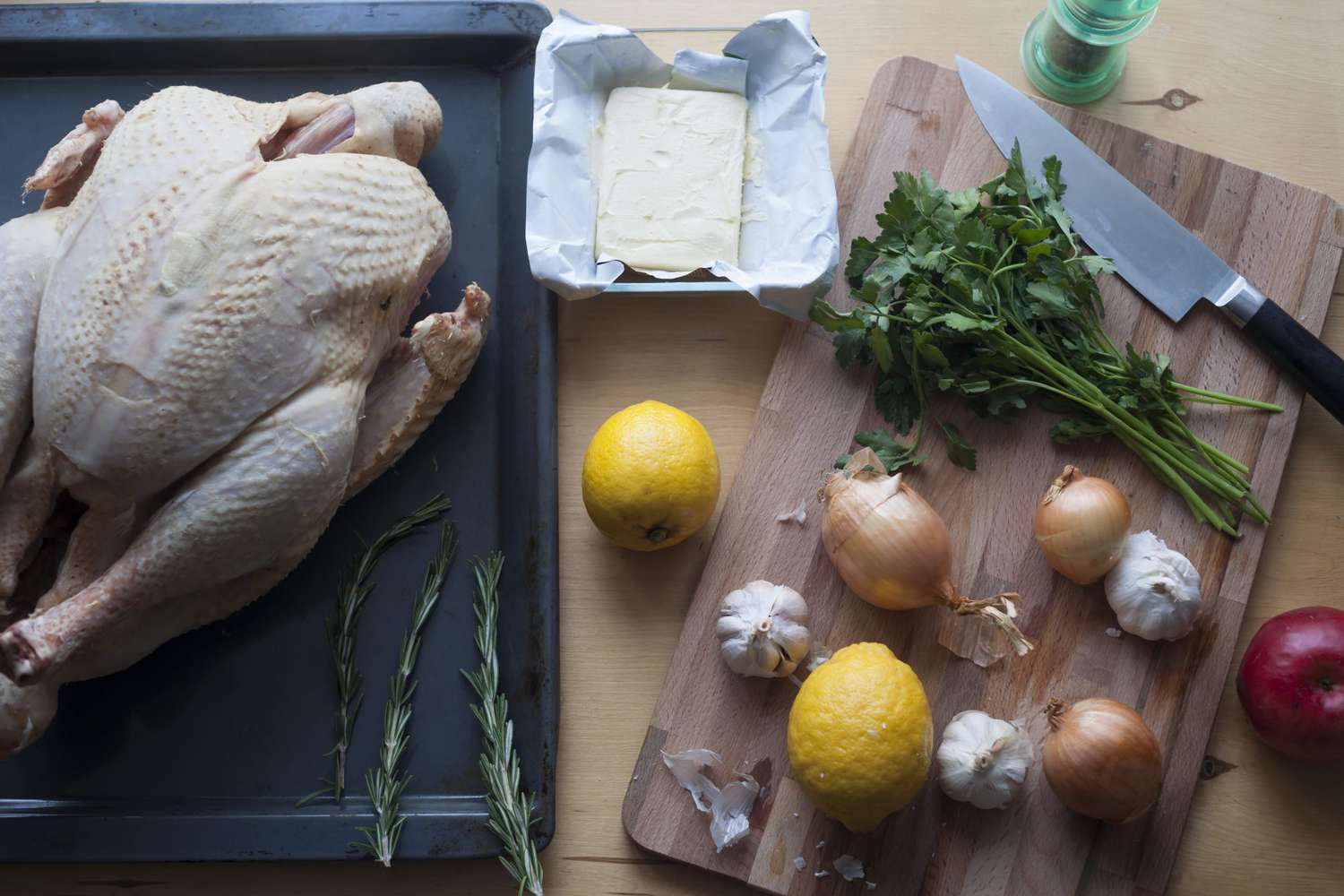Thanksgiving is still the holiday of giving thanks for all you have and who you have. But this year, purse strings may be a little tighter; the crowd at your table, a little smaller.
That doesn’t mean you won’t be able to celebrate over a fantastic Thanksgiving dinner with those who are near and dear. It just means you’ll need to be a bit more crafty with your planning, shopping, and cooking.
In order to stay within any budgetary lines you may have this year, we’ve come up with a few strategies for creating a Thanksgiving that feels no less special and celebratory — but it just happens to be a little smarter with your dollars and cents.

1. Make a List (and Check It Twice)
Grocery shopping without a list won’t be kind to your wallet. In fact, it will unleash the urge to buy extra or get another bottle of this or that in case you don’t have enough at home.
Instead, plan your meal ahead of time, with a paper and pen. Make a list of every single ingredient you need (and try to incorporate ingredients you already have in your pantry, in an effort to spend less). Then, start creating an estimated price list.
One way to predict how much your holiday groceries might cost is to go to a local grocery store’s online shopping portal and plug your groceries in to see how much they come to. From there, you can make adjustments to fit your budget, and add and subtract to decide what it is you really need. Sticking to a list will help you commit to your financial goals.
2. Buy Extra Where It Makes Sense
Turkey will likely be the most expensive part of your meal. Prices for the centerpiece poultry range from about 59 cents per pound to close to $3 per pound (or more), depending on the brand, type, and size you’re buying.
Often, larger turkeys will be the better value. Smaller “young” turkeys may actually be a dollar or more per pound than larger, conventional turkeys. You may be able to get a 12-pound turkey for just over $12, while a 5-pound “young” turkey could easily be the same price. That makes buying a larger turkey the smarter option. You get much more turkey for the same price, which means your Thanksgiving bird could last you many days and weeks after the holiday itself.
With that in mind, you want to plan ahead to make your bird last. After you’ve roasted, grilled, or fried your turkey, carved it, and served dinner, pick the bones clean and separate the carcass from the remaining meat. Bones should be immediately transferred into a stockpot, along with any leftover herbs you may have. You can make a turkey stock, which can live in your freezer for months for use in future meals.
Other meals, like turkey pot pie, can go straight into the freezer, too. Long after your day-after-the-holiday sandwiches are eaten and forgotten, the meals in your freezer will sustain you and your family. It’s the meal that keeps on giving, and giving, and giving, even on a shoestring.
3. Make More Inexpensive Favorites, Like Stuffing
First of all, have you ever been to a Thanksgiving celebration where stuffing is not highly in demand? The answer to that question is likely no, and that’s because stuffing is a perennial favorite.
Here’s another great thing about stuffing: the ingredients that go into it (bread, celery, onions, and, if you’re splurging, sausage) are inexpensive. Unlike other dishes, like the meal’s centerpiece, more stuffing doesn’t necessarily mean much more pocket change. So if you’re looking to beef up Thanksgiving this year so that things feel bountiful without getting too expensive, consider a double helping of everyone’s favorite side dish.
4. Lean on Seasonal Ingredients
Any time of year, buying what’s in season is both a healthier and more economical choice. Not only are peak-season produce at their best in terms of nutrition), they’re plentiful, and a bounty usually means bargain prices.
Cranberries are an obvious choice. In November, they are inexpensive and are often sold at discounted rates, in packages of two (check your grocery store circulars). Cranberry pie for instance, only requires one 12-ounce package of cranberries, which retails for about $2. For $4, you can make one pie for dessert, as well as a homemade cranberry sauce for guests.
In the week leading up to the holiday, check your local circulars for coupons for items that you know you’ll be purchasing (from that list you already made, right?). Local grocery stores often run holiday promotions for seasonal items, which you can work into your holiday budget. And don’t be afraid to look for last-minute deals. If stores overbuy on ingredients, they will often mark them down dramatically to keep them from spoiling on shelves.

Get the recipe: Sweet Potato Casserole
5. Shop the Sales, Then Plan the Meal
Per pound, some of the least expensive vegetables happen to be great for Thanksgiving: mushrooms, Brussels sprouts, winter squash, carrots, green beans. Instead of committing to what you plan to make based on tradition, take a cursory cruise around your grocery store the week before Thanksgiving and see what the prices look like.
Are carrots inexpensive right now? What about a side dish of honey-roasted carrots for a change of pace instead of those marshmallow-topped sweet potatoes? Consider this an opportunity to take new chances with your Thanksgiving menu, based on what your grocery store has to offer. Sometimes, challenges like creating an affordable Thanksgiving menu can lead to surprises, like new family favorites and traditions.
Related:
- 15 Dump Recipes for a Hassle-Free Thanksgiving
- How to Plan What You’re Making for Thanksgiving Dinner
- 5 Things You Should Absolutely Do Ahead for Thanksgiving




